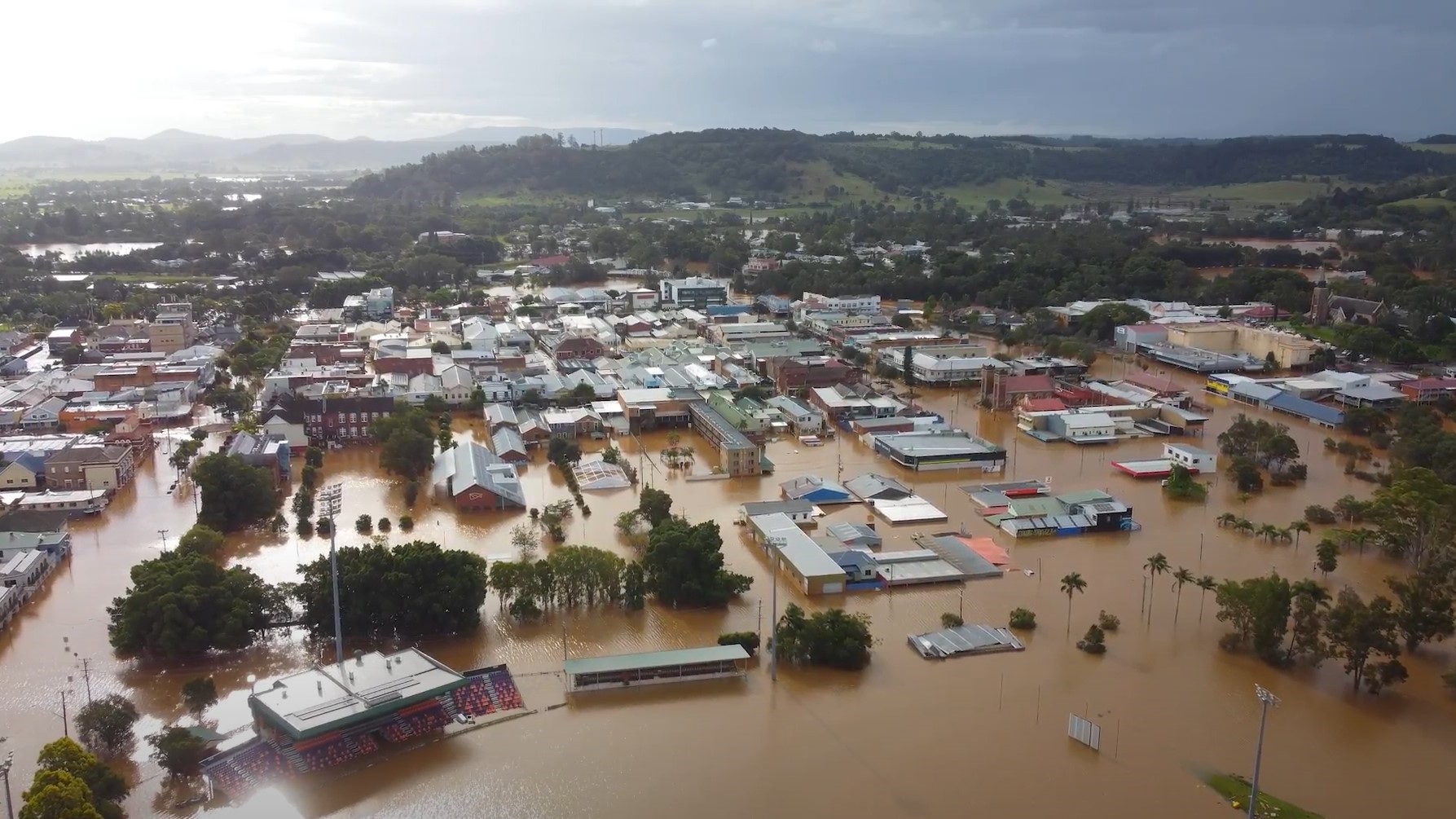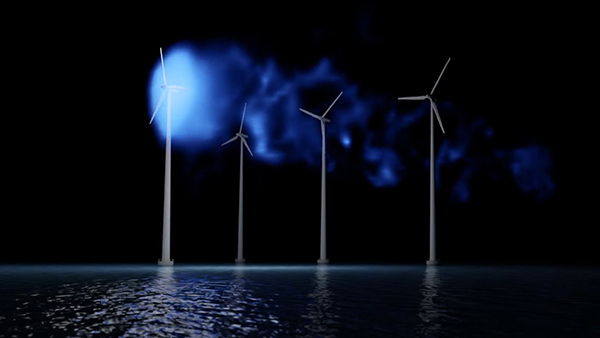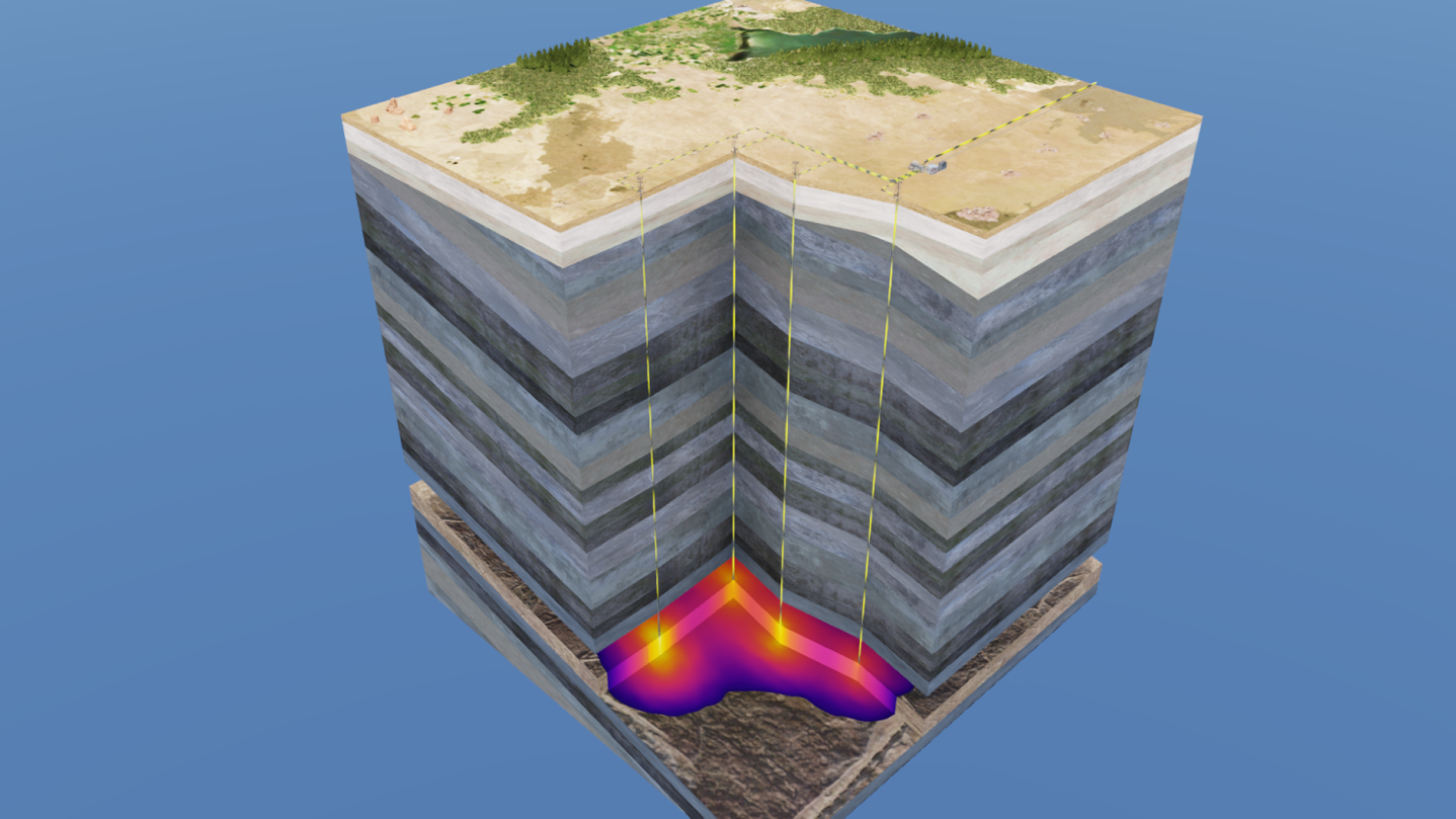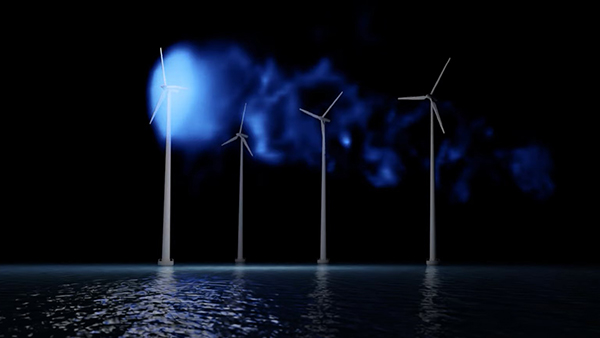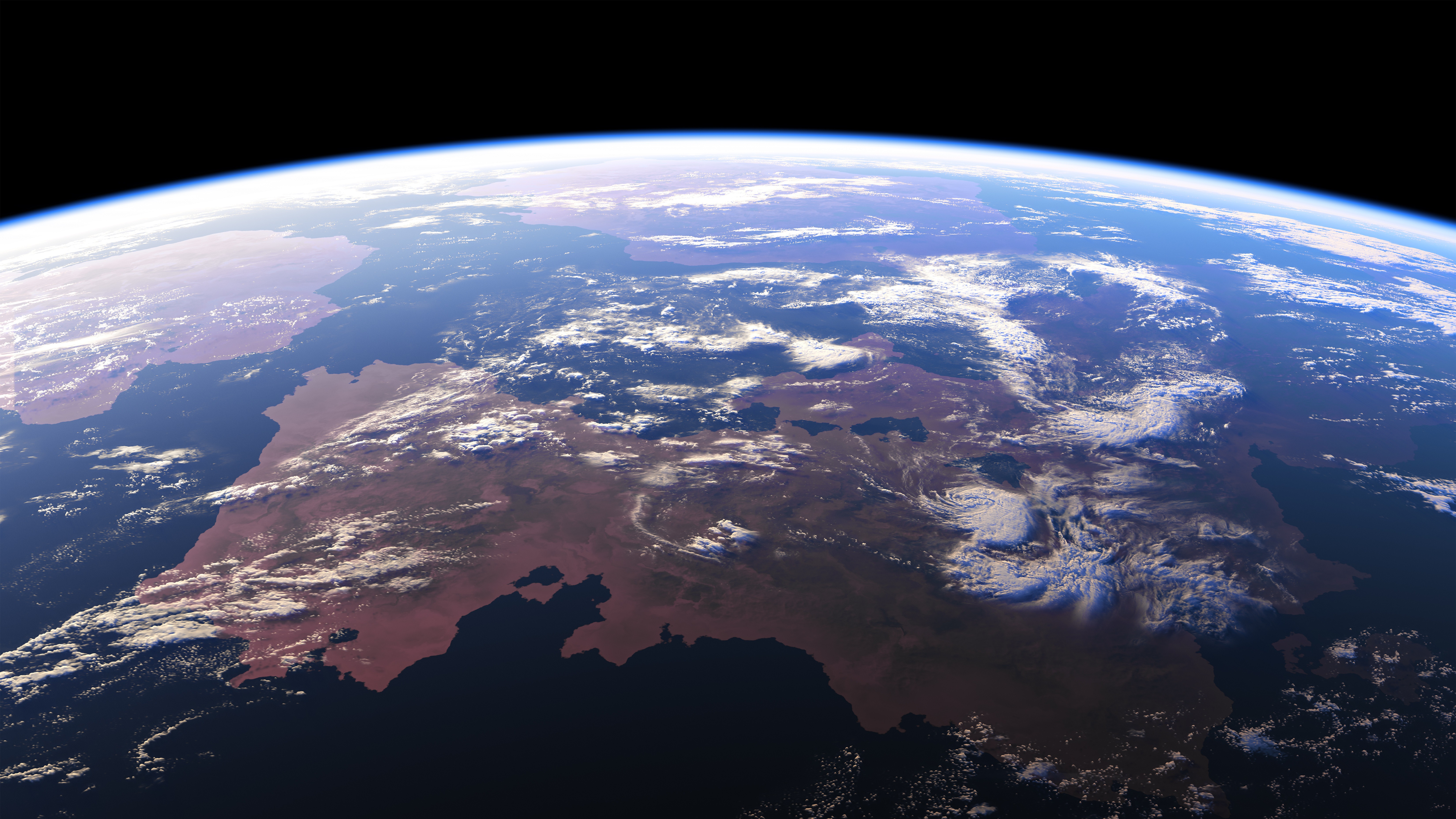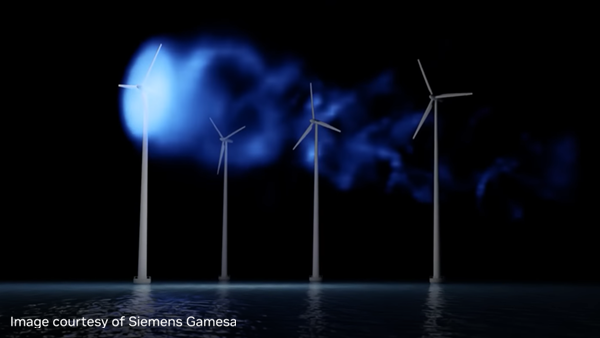In 2022, the city of Lismore, Australia bore the brunt of devastating floods, leaving over 3K homes damaged and communities shattered. With $6B in losses, this was the second-costliest event in the world for insurers in 2022 and the most expensive disaster in Australian history.
With each passing year, natural disaster events such as those experienced in Lismore grow in rate and scale across the globe. The urgency to monitor and mitigate the impact of natural disasters caused by climate change becomes increasingly critical.
Climate tech represents a convergence of innovation, science, and entrepreneurship aimed at combatting climate change and fostering safe solutions in a changing landscape. At its core, climate tech offers early-warning systems, real-time monitoring platforms, and innovative solutions that empower communities to anticipate, mitigate, and recover from natural disasters.
State-of-the-art solutions for weather and climate problems
Nearly forty years ago, a four-day weather forecast was a remarkable feat of science. Today, thanks to advances in AI, modeling, computing power, observation coverage, and data assimilation, the seven-day forecast is not only as accurate as the four-day forecast was in the 1980s, but it is also 300x more energy-efficient.
Part of the foundational work in this area came from the Commonwealth Scientific and Industrial Research Organisation (CSIRO), an Australian government agency responsible for scientific research. Since its inception, CSIRO developed some of the first CO2 monitoring stations and now boasts its own fully coupled climate model as well as a large network of researchers working on climate change mitigation and monitoring.
One former member of that research team is Dr. John Taylor, who served as chief research scientist and research group leader in CSIRO Data61. Dr. Taylor moved to higher education at the start of 2024 and now holds a position at the Australia National University as a professor in the School of Computing, where he is continuing to research climate tech solutions and train the next wave of researchers in this field.
With a background in climate and weather, Dr. Taylor pioneered a path for applying AI and machine learning to climate and weather problems. One key contribution to this field of science was the breakthrough in applying convolutional neural networks (CNNs) to undertake weather forecasting with great accuracy and dramatically faster times to solution.
Currently, Dr. Taylor is developing a new model for forecasting the El Niño phenomena and sea surface temperatures.
To learn more, attend or watch the NVIDIA GTC 2024 session, Predicting El Nino: Machine Learning’s Role in Advancing Complex System Understanding.
Investing in AI solutions for climate tech
In addition to this research, recent developments in the scientific community underscore the pivotal role of AI in shaping the future of climate and weather forecasting. The European Centre for Medium-Range Weather Forecasts (ECMWF) is spearheading efforts to invest in and develop the most advanced AI weather forecast system, known as the Artificial Intelligence/Integrated Forecasting System (AIFS).
With promising results emerging from global-scale experiments, ECMWF emphasized the urgent need to invest forcefully in AI-based forecasting technologies. This commitment aligns with earlier predictions made in a 2021 paper published by Dr. Taylor, which heralded data-driven methods as the driving force behind the next wave of major advances in atmospheric science. For more information, see Data-driven global weather predictions at high resolutions.
The growing use of AI models such as AIFS at ECMWF marks a shift toward using machine learning and data analytics to improve weather predictions and resilience to changing climate patterns.
As climate change poses increasing challenges, the need for cutting-edge climate tech solutions is crucial. The work of researchers like Dr. John Taylor and the development of AI-driven forecasting models can lead us to a future where communities can better predict, reduce the effects of, and recover from natural disasters.
